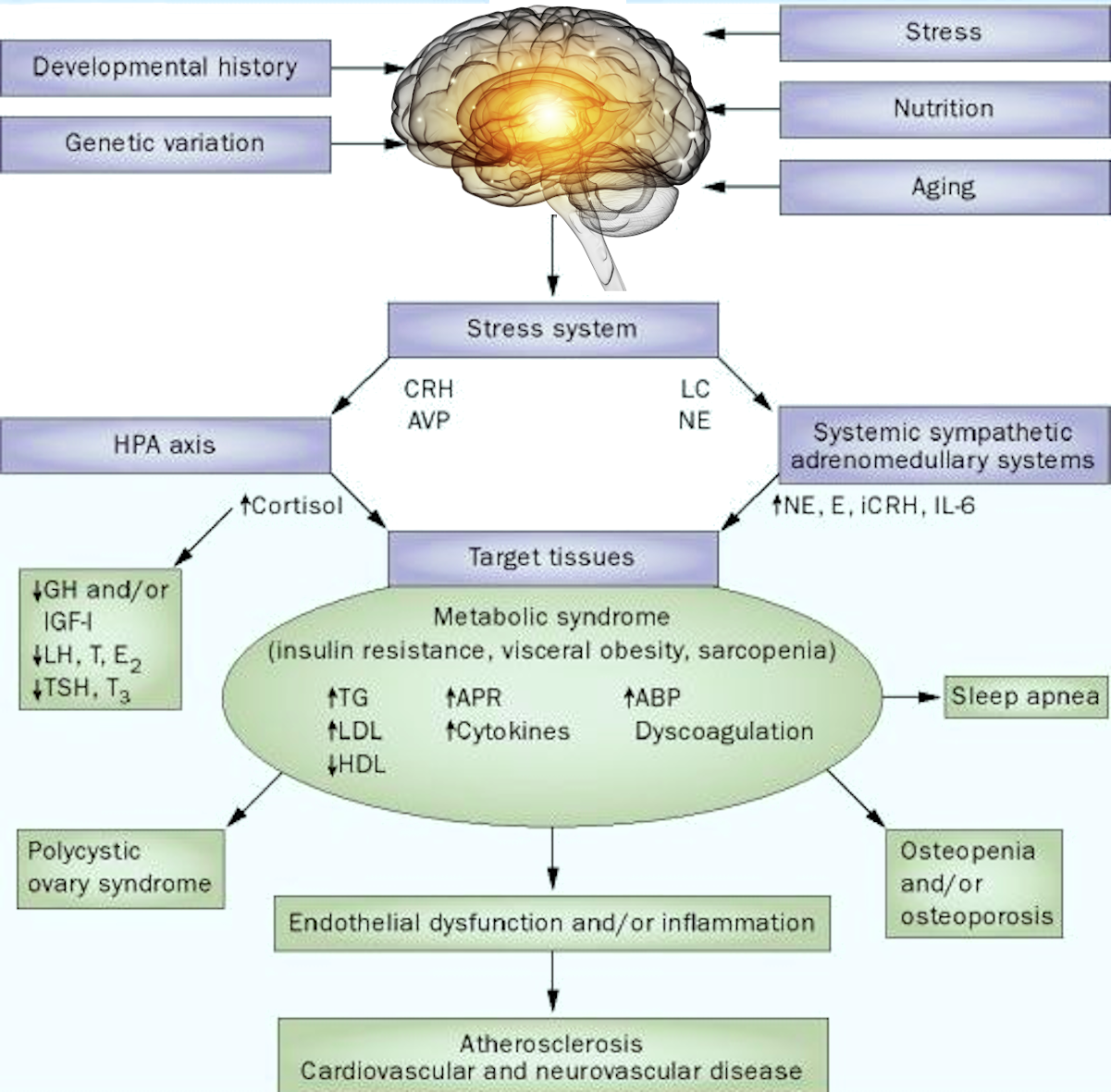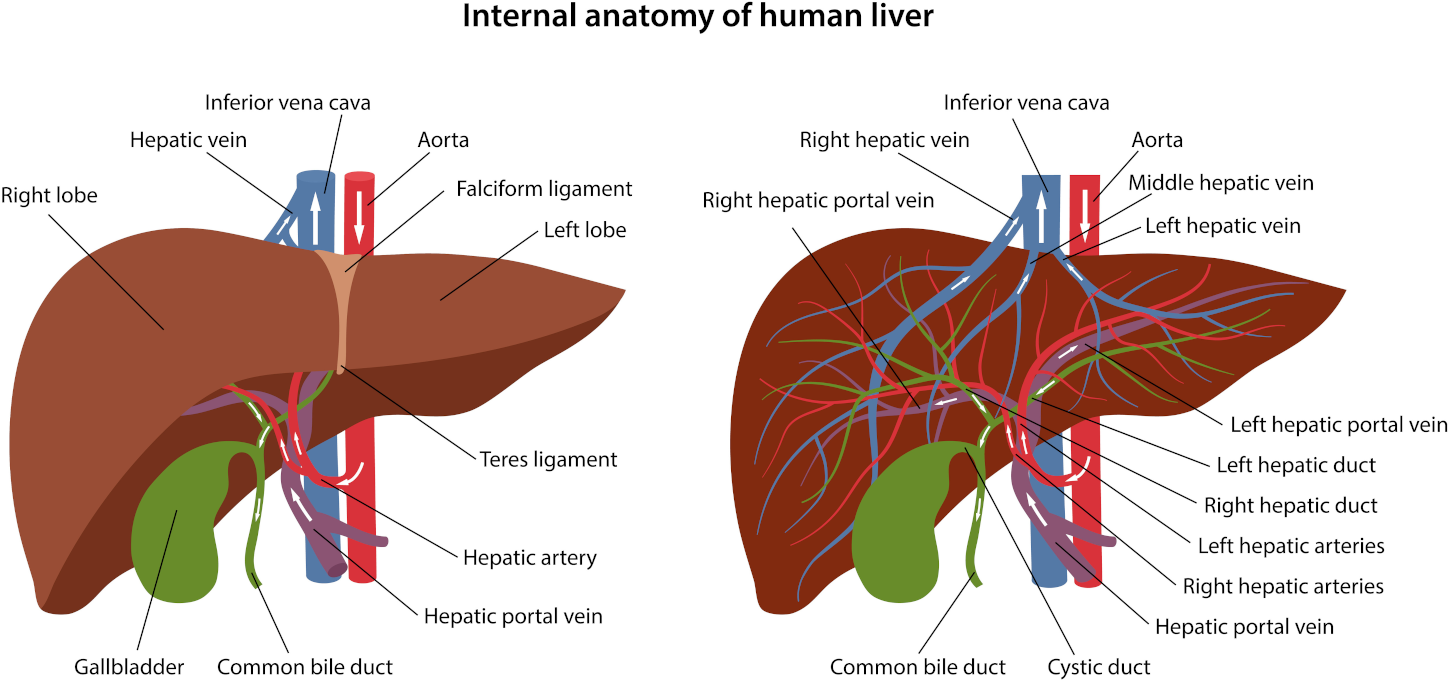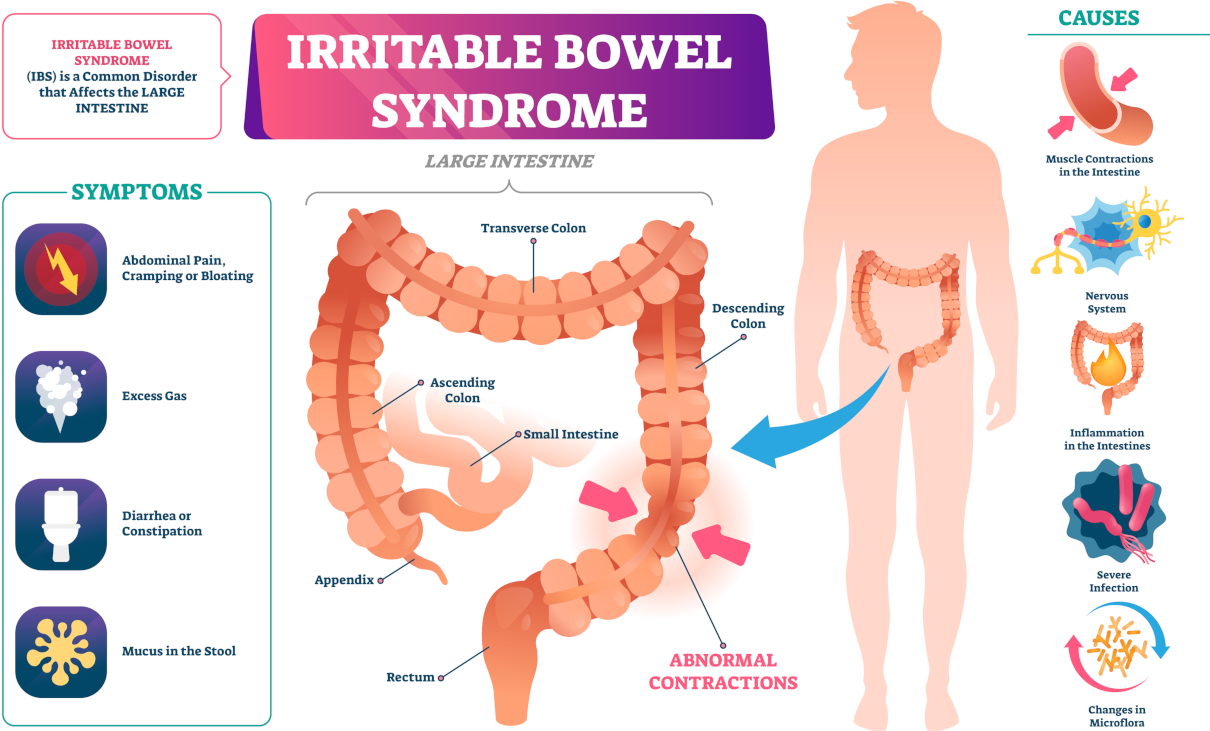
Hypermetropia, commonly known as farsightedness, is an ametropia in which parallel beams of light from distant objects focus behind the retina instead of directly on it. This optical condition occurs because the eye’s refractive power is too weak or the eyeball is too short.
Forms of Hypermetropia
We can categorise Hypermetropia into different forms based on its severity:
- Mild Hypermetropia (up to three dioptres). This level of farsightedness is considered normal refraction and typically does not significantly impair vision. Most people with mild hypermetropia may not require corrective lenses.
- Moderate Hypermetropia (3.5 – 6 dioptres). At this level, the condition may affect vision, and corrective lenses (positive lenses) are often needed to improve vision.
- Severe Hypermetropia (over six dioptres): This form is more pronounced and usually results in significant vision impairment. Positive lenses are essential to correct vision.
Causes and Development
Moderate and severe forms of hypermetropia are often due to arrested eyeball growth, but the exact cause of this arrest is not clearly understood.

Mini Detox PLUS – 3 colonics, minerals, herbal & probiotic implants
The ideal pattern of colonic treatments includes three alkalising colon hydrotherapy treatments with sodium bicarbonate, one anti-parasitic implant on the first treatment, one liver and gall bladder stimulating herbal implant on the second treatment, and a high-strength probiotic implant on the third colonic.
Vision Impairment and Correction
- Vision impairment generally occurs in cases of moderate and severe hypermetropia.
- Positive lenses, also known as convex lenses, correct farsightedness by converging light rays so they focus correctly on the retina.
Age-Related Changes
- The degree of hypermetropia usually remains stable in adults.
- However, with age, the ability of the eye to accommodate or adjust its focus for near objects deteriorates. This condition, known as presbyopia, leads to difficulties with close-up vision.
Summary
Hypermetropia is a condition where we see distant objects more clearly than close ones due to light focusing behind the retina. It varies in severity, with mild cases almost negligible and severe cases requiring corrective lenses for clear vision. Although the degree of hypermetropia does not change in adulthood, age-related accommodation impairment can affect near vision.











